Home>Furniture & Design>Interior Design Trends>How To Clean Museum Glass
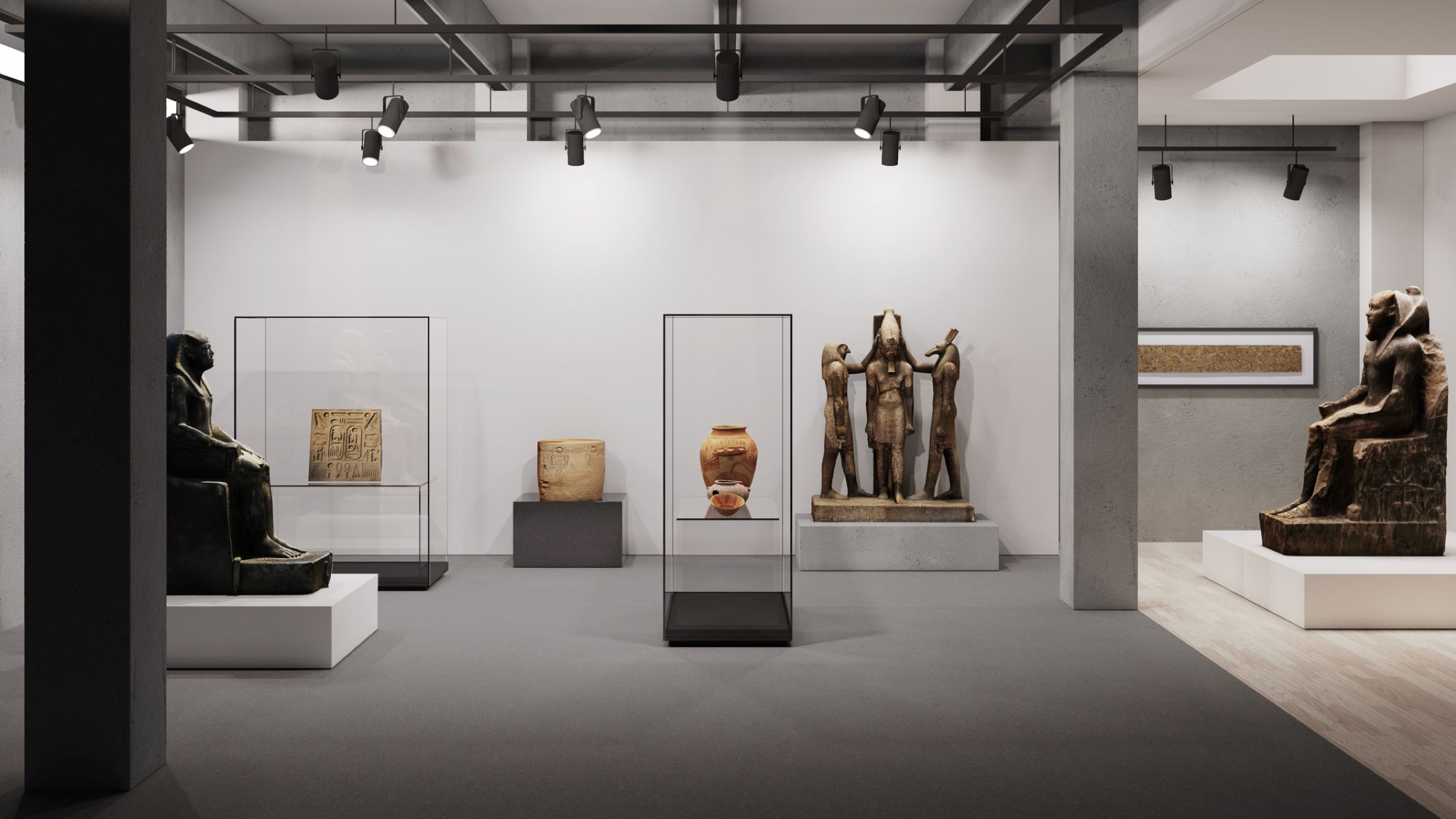

Interior Design Trends
How To Clean Museum Glass
Modified: April 22, 2024
Learn the best techniques for cleaning museum glass and keeping up with interior design trends. Discover expert tips for maintaining a pristine and stylish home.
(Many of the links in this article redirect to a specific reviewed product. Your purchase of these products through affiliate links helps to generate commission for Storables.com, at no extra cost. Learn more)
Introduction
Museum glass is a crucial component in preserving and showcasing valuable artwork, historical artifacts, and cherished mementos. Its exceptional clarity and UV protection properties make it a popular choice for framing and display purposes. However, maintaining the pristine condition of museum glass requires careful and precise cleaning techniques to ensure that it remains free from dust, smudges, and other blemishes.
In this comprehensive guide, we will delve into the intricacies of cleaning museum glass, providing you with the knowledge and tools necessary to preserve the clarity and integrity of your cherished displays. From understanding the unique properties of museum glass to mastering the step-by-step cleaning process, this guide will equip you with the expertise needed to uphold the impeccable appearance of your treasured items.
Whether you are a curator, collector, or simply an enthusiast seeking to maintain the allure of your framed artworks or historical artifacts, this guide will empower you to undertake the essential task of cleaning museum glass with confidence and precision. By following the detailed instructions and tips outlined in this guide, you will be able to uphold the pristine condition of your museum glass, ensuring that your displays continue to captivate and inspire for years to come.
Now, let's embark on this enlightening journey to uncover the art and science of cleaning museum glass, allowing you to preserve the beauty and significance of your cherished collections.
Key Takeaways:
- Cleaning museum glass requires gentle dusting, precise cleaning with a mild, non-ammonia glass cleaner, and careful drying to maintain its exceptional clarity and visual appeal.
- To preserve museum glass, use lint-free cloths, distilled water, and gentle handling. Regular dusting, protective framing, and controlled environmental conditions are essential for long-term preservation.
Read more: How To Clean Glass Cleaning Cloth
Understanding Museum Glass
Museum glass, also known as conservation or preservation glass, is a specialized type of glazing that is designed to protect and enhance the visual appeal of framed artwork, historical artifacts, and other valuable displays. Unlike regular glass, museum glass is engineered with unique properties that address the specific preservation needs of delicate and irreplaceable items.
One of the key features of museum glass is its exceptional clarity, which minimizes distortion and ensures that the true colors and intricate details of the displayed items are fully visible. This unparalleled clarity is achieved through advanced manufacturing processes that reduce the presence of impurities and imperfections in the glass, resulting in a pristine and virtually invisible barrier between the artwork and the outside world.
In addition to its optical clarity, museum glass is also equipped with UV protection capabilities, shielding the enclosed items from the harmful effects of ultraviolet radiation. This is particularly crucial for preserving the vibrancy and longevity of artworks, photographs, and documents, as prolonged exposure to UV rays can cause fading, discoloration, and deterioration. By incorporating UV-blocking technology, museum glass acts as a safeguard against these detrimental effects, ensuring that the integrity and visual appeal of the displayed items remain intact over time.
Furthermore, museum glass is often treated with anti-reflective coatings to minimize glare and unwanted reflections, allowing viewers to appreciate the displayed items without distractions or obstructions. This anti-reflective property is especially beneficial in environments with varying lighting conditions, as it enables optimal visibility and appreciation of the artwork or artifacts from different angles and perspectives.
Overall, the unique combination of optical clarity, UV protection, and anti-reflective properties makes museum glass an indispensable component in the preservation and presentation of valuable collections. Its ability to maintain the pristine condition of displayed items while enhancing their visual impact underscores its significance in the realm of art conservation, curation, and display.
By understanding the distinctive attributes of museum glass, individuals entrusted with the care and maintenance of valuable collections can make informed decisions regarding the selection, handling, and cleaning of this specialized glazing. With this foundational knowledge in place, we can now proceed to explore the essential tools and techniques required for effectively cleaning museum glass, ensuring that the displayed items continue to shine with timeless brilliance and allure.
Tools and Materials Needed
Cleaning museum glass requires precision and the use of specialized tools and materials to ensure that the delicate surface is properly maintained without causing damage or leaving streaks. Here's a comprehensive list of the essential items you will need to effectively clean museum glass:
Soft, Lint-Free Cloths:
Opt for microfiber or cotton cloths that are free of lint and abrasive fibers. These gentle materials are ideal for wiping the glass surface without leaving behind residue or scratches.
Mild, Non-Ammonia Glass Cleaner:
Select a glass cleaner specifically formulated for museum glass, free from harsh chemicals and ammonia. Avoid cleaners with strong fragrances or additives that may leave streaks or residues on the glass.
Read more: How To Clean Puffco Glass
Distilled Water:
Using distilled water helps prevent mineral deposits and impurities from affecting the glass surface. It ensures a streak-free finish and maintains the pristine clarity of the museum glass.
Spray Bottle:
A clean, empty spray bottle is essential for dispensing the glass cleaner and distilled water onto the glass surface. Opt for a spray bottle with a fine mist setting to ensure even coverage.
Soft Bristle Brush or Compressed Air:
A soft bristle brush or compressed air can be used to gently remove dust and debris from the glass surface and frame edges before proceeding with the cleaning process.
Gloves:
Wearing clean, lint-free gloves can prevent fingerprints and oils from transferring onto the glass during the cleaning process, maintaining a pristine surface for display.
Read more: How To Clean Sea Glass
Step Stool or Ladder:
Depending on the height of the display, a step stool or ladder may be necessary to reach and clean the upper areas of the museum glass effectively.
Clean, Dry Towels:
Having additional clean, dry towels on hand is essential for drying the glass surface and ensuring that no moisture or streaks are left behind after cleaning.
By assembling these essential tools and materials, you will be well-equipped to embark on the meticulous task of cleaning museum glass with precision and care. With the right supplies at your disposal, you can confidently proceed to the next steps of dusting, cleaning, and drying the museum glass, preserving its pristine condition and visual appeal for years to come.
Step 1: Dusting the Glass
Before initiating the cleaning process, it is crucial to remove any surface dust and debris from the museum glass to prevent scratching and ensure a pristine cleaning outcome. Dusting the glass requires a gentle and methodical approach to safeguard its delicate surface and maintain its optical clarity.
To commence the dusting process, begin by inspecting the glass surface and frame edges for visible dust particles and loose debris. Using a soft bristle brush or compressed air, carefully remove any accumulated dust from the surface of the glass. Ensure that the brush or compressed air is clean and free of any abrasive particles that could potentially scratch the glass.
When using a soft bristle brush, gently sweep across the glass surface in light, overlapping strokes, directing the dust towards the edges for easy removal. Take care to avoid applying excessive pressure, as this could inadvertently scratch or damage the glass. Alternatively, if using compressed air, maintain a safe distance from the glass surface to prevent any forceful impact that may dislodge particles and cause them to scratch the glass.
Pay special attention to the frame edges and corners, as dust and debris often accumulate in these areas. Use the brush or compressed air to carefully dislodge and remove any particles, ensuring that the entire perimeter of the glass is free from dust before proceeding to the next cleaning phase.
Throughout the dusting process, it is essential to maintain a gentle and methodical approach, prioritizing the preservation of the glass's pristine condition. By meticulously removing surface dust and debris, you are laying the foundation for a thorough and effective cleaning process, setting the stage for the glass to regain its impeccable clarity and visual allure.
Once the dusting process is complete, visually inspect the glass surface to ensure that all visible dust particles and debris have been successfully removed. With the glass now free from surface contaminants, you are ready to proceed to the next crucial step: cleaning the museum glass to restore its pristine clarity and maintain its exceptional visual appeal.
Step 2: Cleaning the Glass
Cleaning museum glass is a meticulous process that requires precision and care to ensure that the delicate surface is thoroughly cleansed without leaving streaks or residues. By following the step-by-step cleaning guidelines outlined below, you can effectively restore the pristine clarity of the glass and maintain its exceptional visual appeal.
Read more: How To Clean Scanner Glass
1. Prepare the Cleaning Solution
Begin by preparing the cleaning solution using a mild, non-ammonia glass cleaner and distilled water. In a clean, empty spray bottle, combine the glass cleaner and distilled water in a 1:1 ratio. Gently swirl the bottle to mix the solution, ensuring that it is thoroughly blended and ready for application.
2. Apply the Cleaning Solution
Hold the spray bottle containing the cleaning solution approximately 6-8 inches away from the glass surface. With a steady hand, mist the cleaning solution evenly across the entire surface of the museum glass. Be mindful of the amount of solution applied, ensuring that it is sufficient to cleanse the glass without excessive dripping or pooling.
3. Wipe the Glass Surface
Using a soft, lint-free cloth, such as a microfiber or cotton cloth, gently wipe the glass surface in a methodical and overlapping motion. Start from the top of the glass and work your way downwards, ensuring comprehensive coverage. Avoid applying excessive pressure, as gentle and deliberate movements are key to achieving a streak-free and pristine finish.
4. Address Stubborn Stains or Residues
For stubborn stains or residues that may require additional attention, lightly dampen a clean section of the cloth with the cleaning solution and focus on the affected areas. Exercise caution and patience, as persistent stains may necessitate gentle and repeated wiping to achieve optimal results without compromising the integrity of the glass.
Read more: How To Clean Glass Pipes
5. Inspect for Streaks or Residues
After wiping the entire glass surface, visually inspect the glass from different angles to identify any streaks or residues that may require further attention. Address any remaining streaks or residues by lightly misting the affected areas with the cleaning solution and gently wiping them with a fresh, dry section of the cloth.
6. Allow the Glass to Air Dry
Once the glass surface is thoroughly cleansed and free from streaks or residues, allow it to air dry naturally. Avoid using additional cloths or towels at this stage to prevent the risk of introducing lint or causing streaks. By allowing the glass to air dry, you can ensure a pristine and unblemished finish.
By meticulously following these cleaning steps, you can effectively cleanse museum glass, restoring its exceptional clarity and visual allure. With the glass now immaculately cleaned, you are one step closer to preserving the pristine condition of your cherished displays and maintaining their timeless brilliance for years to come.
Step 3: Drying the Glass
Drying the museum glass is a critical phase that ensures the elimination of moisture and the prevention of streaks or water spots, ultimately culminating in a pristine and unblemished finish. By employing the appropriate techniques and materials, you can effectively dry the glass surface, preserving its exceptional clarity and visual appeal.
After the meticulous cleaning process, it is essential to allow the glass to air dry naturally. Avoid using additional cloths or towels at this stage to prevent the risk of introducing lint or causing streaks. By allowing the glass to air dry, you can ensure a pristine and unblemished finish.
In instances where air drying may not be feasible due to time constraints or environmental factors, such as high humidity, a clean, dry towel can be used to gently pat the glass surface. When employing this method, it is crucial to use a lint-free towel and apply minimal pressure to avoid leaving behind lint or causing streaks. Pat the glass surface delicately, ensuring that the entire area is thoroughly dried without compromising its pristine condition.
Throughout the drying process, it is important to maintain a keen eye for any residual moisture or streaks that may require additional attention. If any areas of the glass appear damp or exhibit streaks, lightly mist the affected areas with distilled water and gently dry them with a clean, dry section of the cloth. This targeted approach allows for the precise elimination of moisture and the restoration of a flawless finish.
Once the glass is completely dry and free from any residual moisture or streaks, visually inspect the surface from various angles to confirm its pristine condition. By upholding the integrity of the drying process, you can ensure that the museum glass retains its exceptional clarity and remains free from blemishes, ready to showcase and protect your valuable displays with timeless brilliance.
By meticulously adhering to the drying guidelines and techniques outlined above, you can effectively complete the cleaning process, leaving the museum glass in a state of immaculate clarity and visual allure. With the glass now thoroughly cleansed and dried, you have successfully upheld the pristine condition of your cherished displays, ensuring that their timeless beauty continues to captivate and inspire for years to come.
Tips for Maintaining Museum Glass
Maintaining the pristine condition of museum glass is essential for preserving the visual appeal and integrity of valuable displays. By implementing the following tips and best practices, you can ensure that the museum glass remains in optimal condition, safeguarding the clarity and longevity of the showcased items.
-
Regular Dusting: Schedule routine dusting sessions to remove surface dust and debris from the museum glass. Utilize a soft bristle brush or compressed air to gently dislodge and eliminate accumulated particles, preventing potential scratching and maintaining the glass's pristine appearance.
-
Avoid Harsh Cleaning Agents: When cleaning museum glass, refrain from using harsh cleaning agents, ammonia-based products, or abrasive materials that may compromise the integrity of the glass. Opt for mild, non-ammonia glass cleaners and distilled water to ensure gentle yet effective cleansing.
-
Gentle Handling: Exercise caution and gentleness when handling museum glass to prevent accidental scratches, smudges, or fingerprints. Wear clean, lint-free gloves during the cleaning process to minimize the transfer of oils and residues onto the glass surface, preserving its pristine clarity.
-
Mindful Storage and Display: When storing or displaying items behind museum glass, ensure that they are free from moisture, adhesives, or materials that may interact with the glass and cause damage over time. Maintain a controlled environment to minimize the risk of condensation or exposure to harmful elements.
-
Professional Inspection and Maintenance: Periodically enlist the expertise of professional conservators or glass specialists to inspect and maintain the museum glass. Professional assessments can identify potential issues and provide targeted solutions to uphold the glass's optimal condition.
-
Protective Framing: Select high-quality, archival framing materials and techniques to protect the museum glass from physical damage and environmental factors. Proper framing can contribute to the longevity and preservation of the glass and the displayed items.
-
Controlled Environmental Conditions: Maintain consistent environmental conditions, including temperature and humidity levels, to minimize the risk of condensation, mold growth, or other detrimental effects on the museum glass. Implementing climate control measures can significantly contribute to the glass's preservation.
-
Educate Caretakers and Staff: Provide comprehensive training and guidelines to individuals responsible for the care and maintenance of museum glass. Educating caretakers and staff members on proper handling and cleaning techniques can ensure consistent adherence to preservation standards.
By incorporating these tips into your maintenance practices, you can uphold the exceptional clarity and visual allure of museum glass, ensuring that your valuable displays continue to shine with timeless brilliance and significance. With a proactive and meticulous approach to maintenance, you can safeguard the integrity of the museum glass and the cherished items it protects, perpetuating their beauty and historical significance for generations to come.
Read more: How To Clean Smoking Glass
Conclusion
In conclusion, the meticulous care and maintenance of museum glass are paramount in preserving the visual allure and integrity of valuable displays. By understanding the unique properties of museum glass and employing precise cleaning techniques, individuals entrusted with the stewardship of cherished collections can ensure that the glass remains in optimal condition, safeguarding the timeless brilliance of the showcased items.
The comprehensive cleaning process, encompassing dusting, cleansing, and drying, serves as a cornerstone in the preservation of museum glass. By adhering to the step-by-step guidelines and utilizing the essential tools and materials, individuals can effectively cleanse the glass, restoring its exceptional clarity and visual appeal. The emphasis on gentle handling, mild cleaning agents, and meticulous drying techniques underscores the commitment to upholding the pristine condition of the glass, ensuring that it remains free from blemishes and residues.
Furthermore, the implementation of maintenance tips and best practices, such as regular dusting, protective framing, and controlled environmental conditions, contributes to the long-term preservation of museum glass. By integrating these proactive measures into maintenance routines, individuals can mitigate potential risks and uphold the glass's optimal condition, perpetuating the beauty and historical significance of the displayed items.
Ultimately, the preservation of museum glass transcends the realm of mere maintenance; it is a testament to the commitment to safeguarding cultural heritage, artistic expression, and historical significance. By embracing the art and science of cleaning museum glass, individuals play a pivotal role in ensuring that valuable collections continue to captivate and inspire for generations to come.
As we conclude this enlightening journey into the realm of museum glass maintenance, it is evident that the meticulous care and attention devoted to the preservation of this specialized glazing are essential in perpetuating the legacy and significance of the displayed items. Through the seamless integration of knowledge, precision, and dedication, individuals can uphold the exceptional clarity and visual allure of museum glass, safeguarding the timeless brilliance of the cherished collections it protects.
Frequently Asked Questions about How To Clean Museum Glass
Was this page helpful?
At Storables.com, we guarantee accurate and reliable information. Our content, validated by Expert Board Contributors, is crafted following stringent Editorial Policies. We're committed to providing you with well-researched, expert-backed insights for all your informational needs.

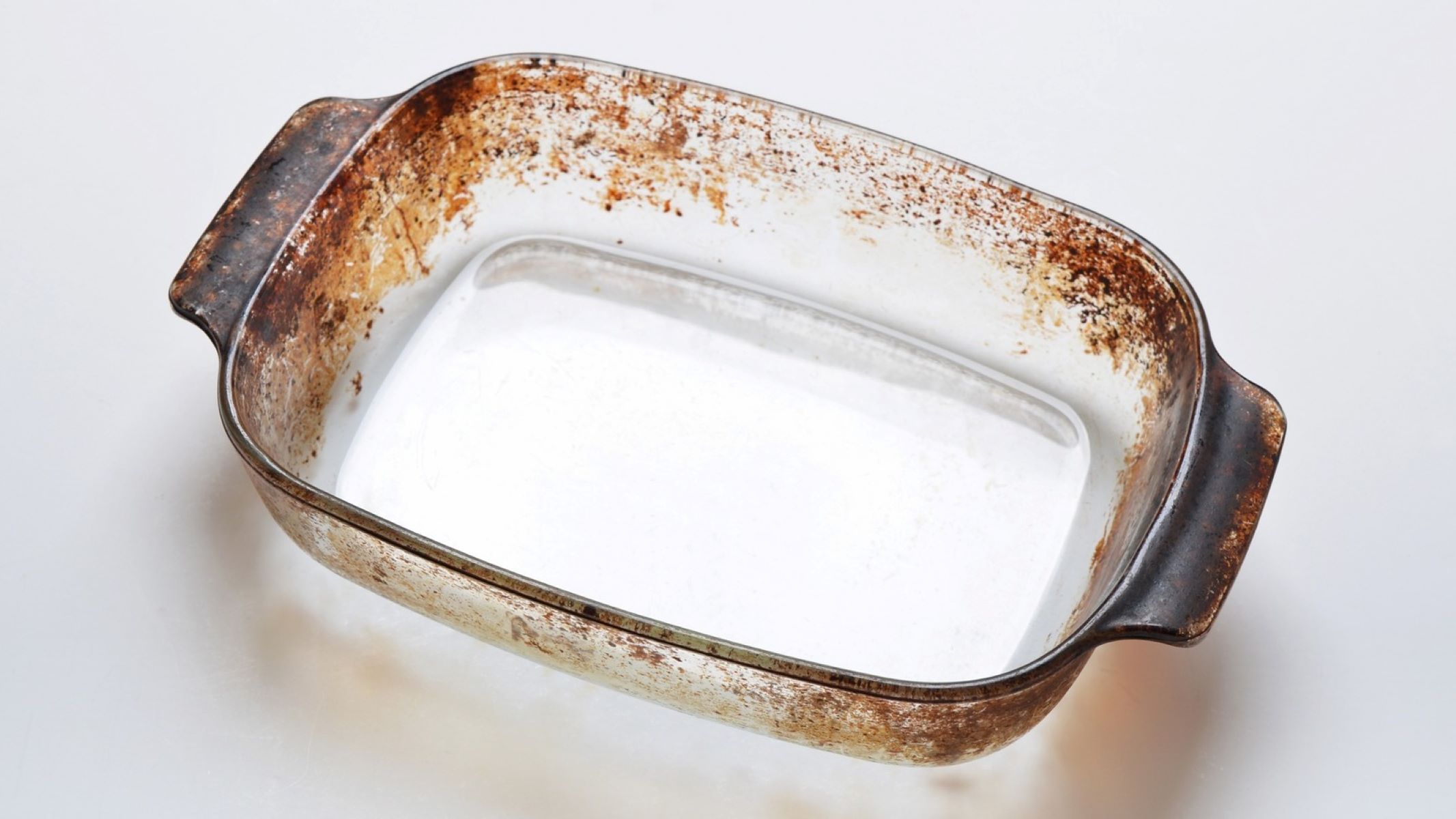
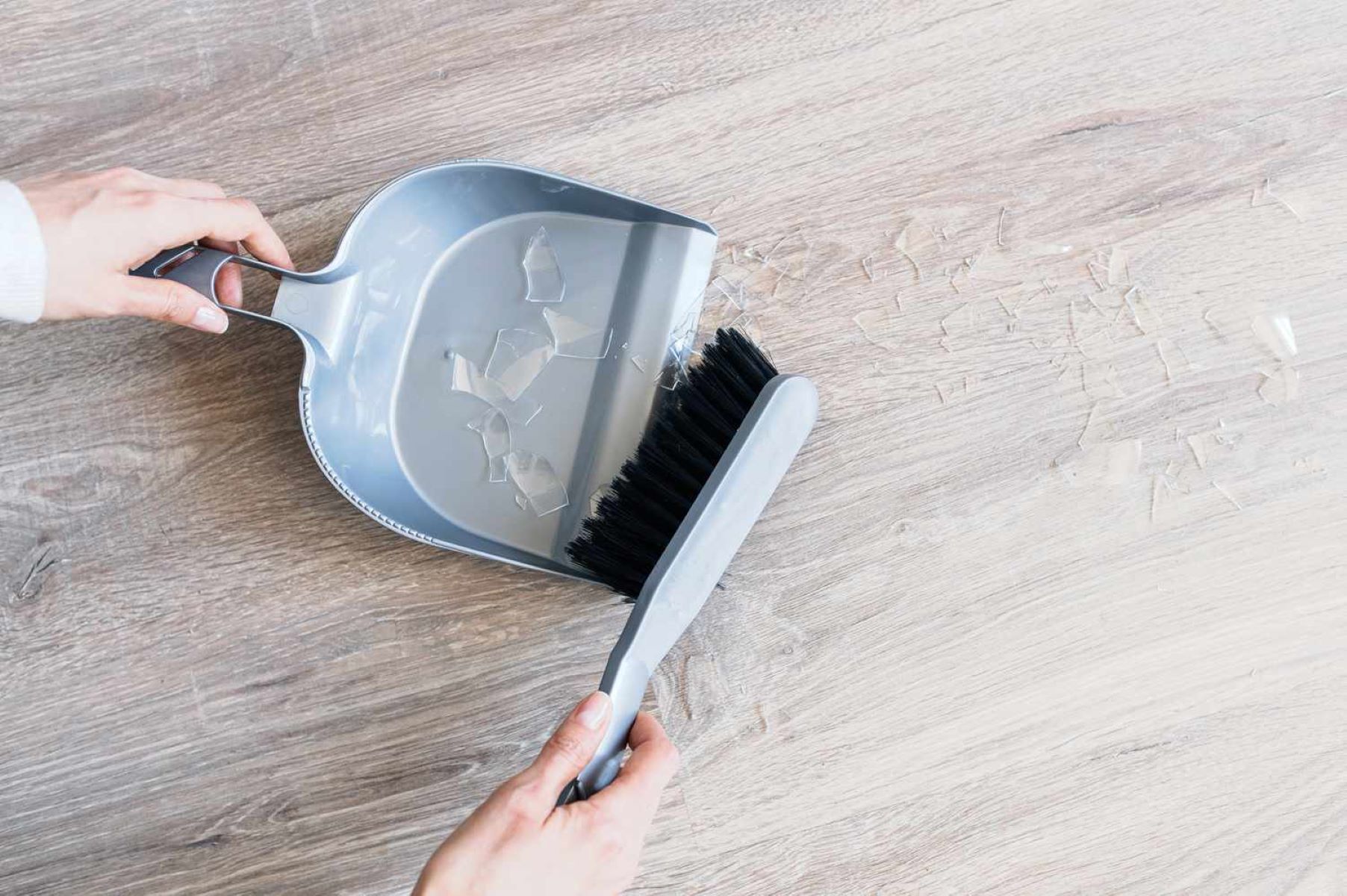
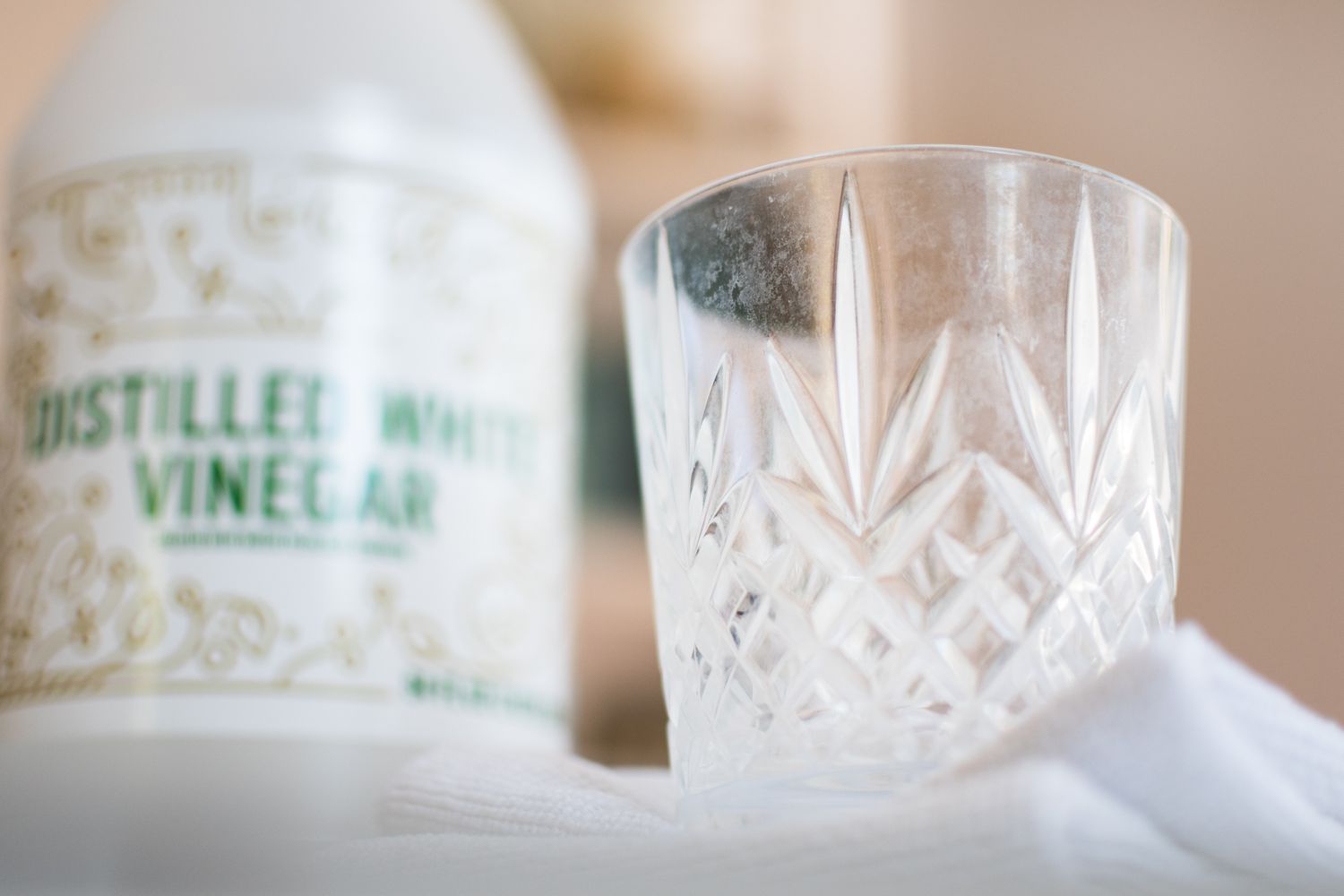
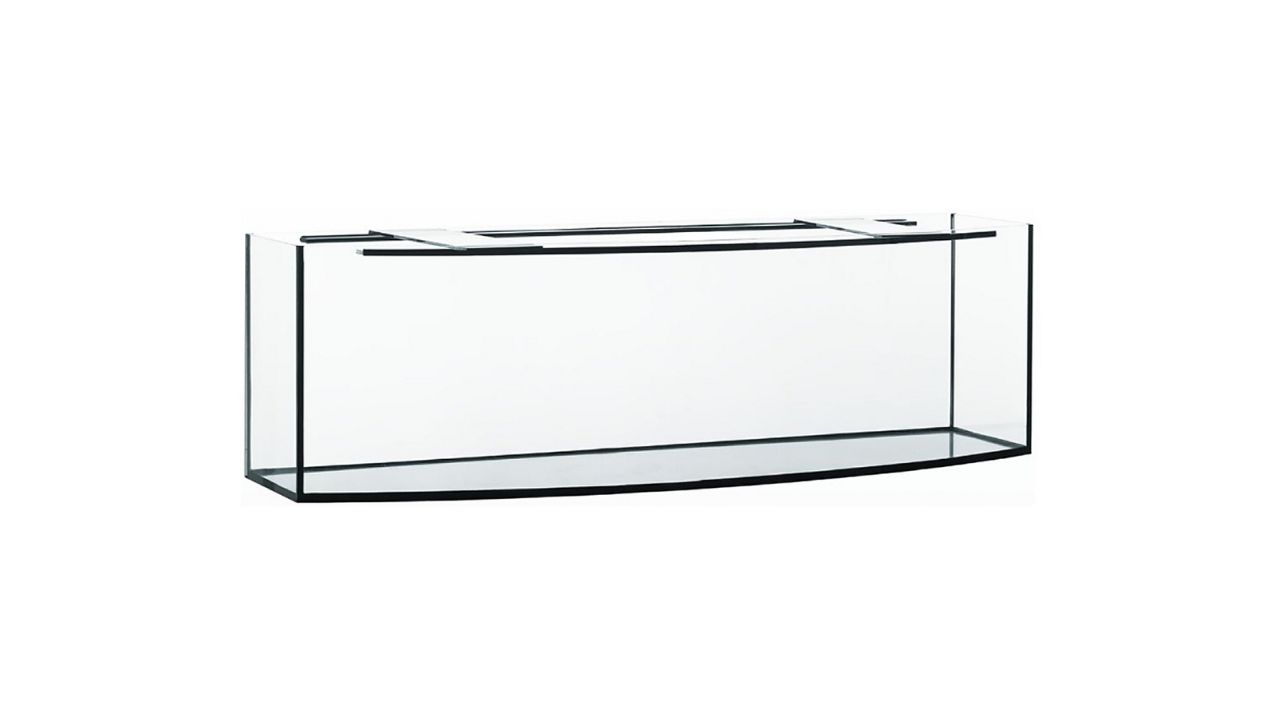
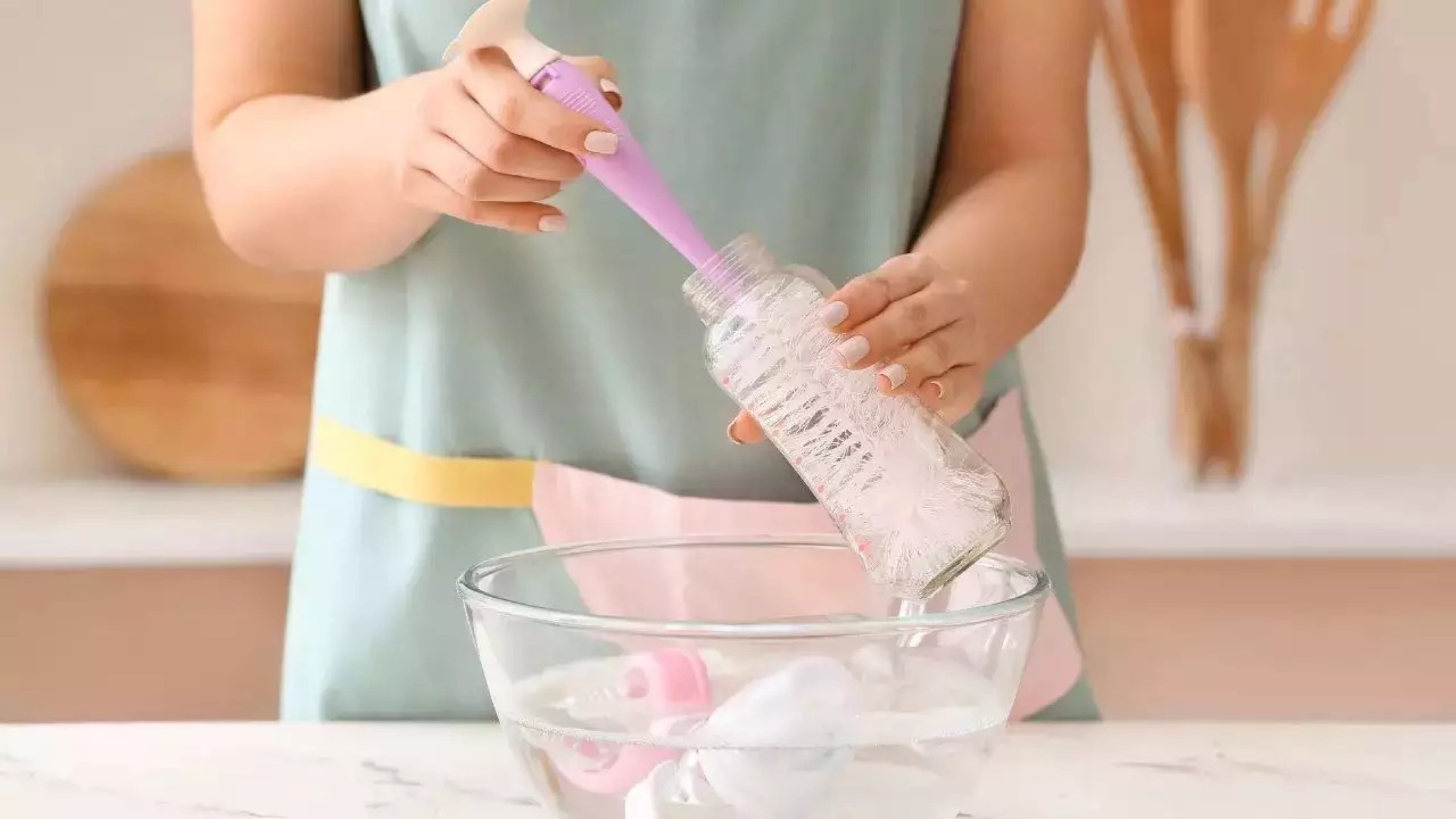
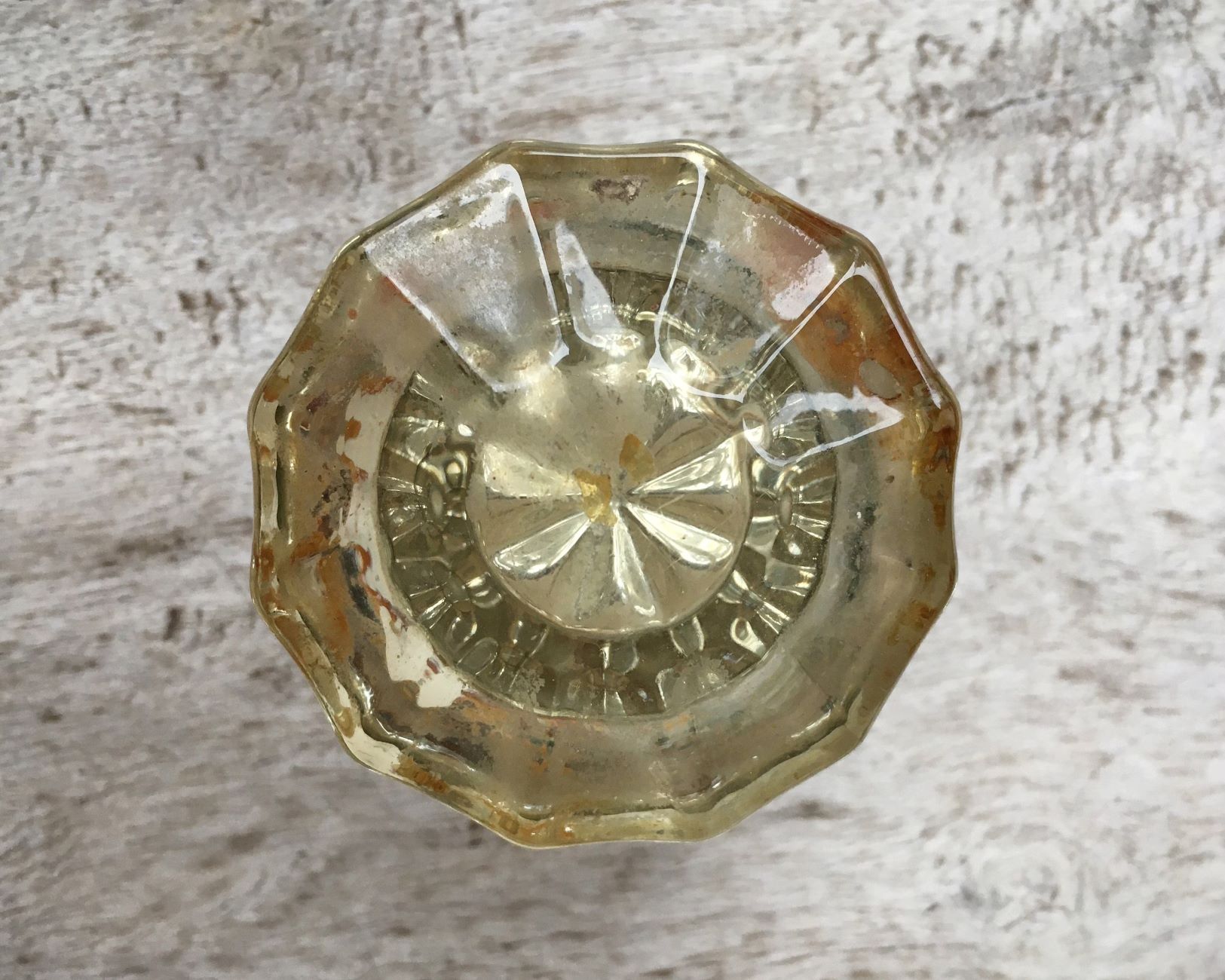
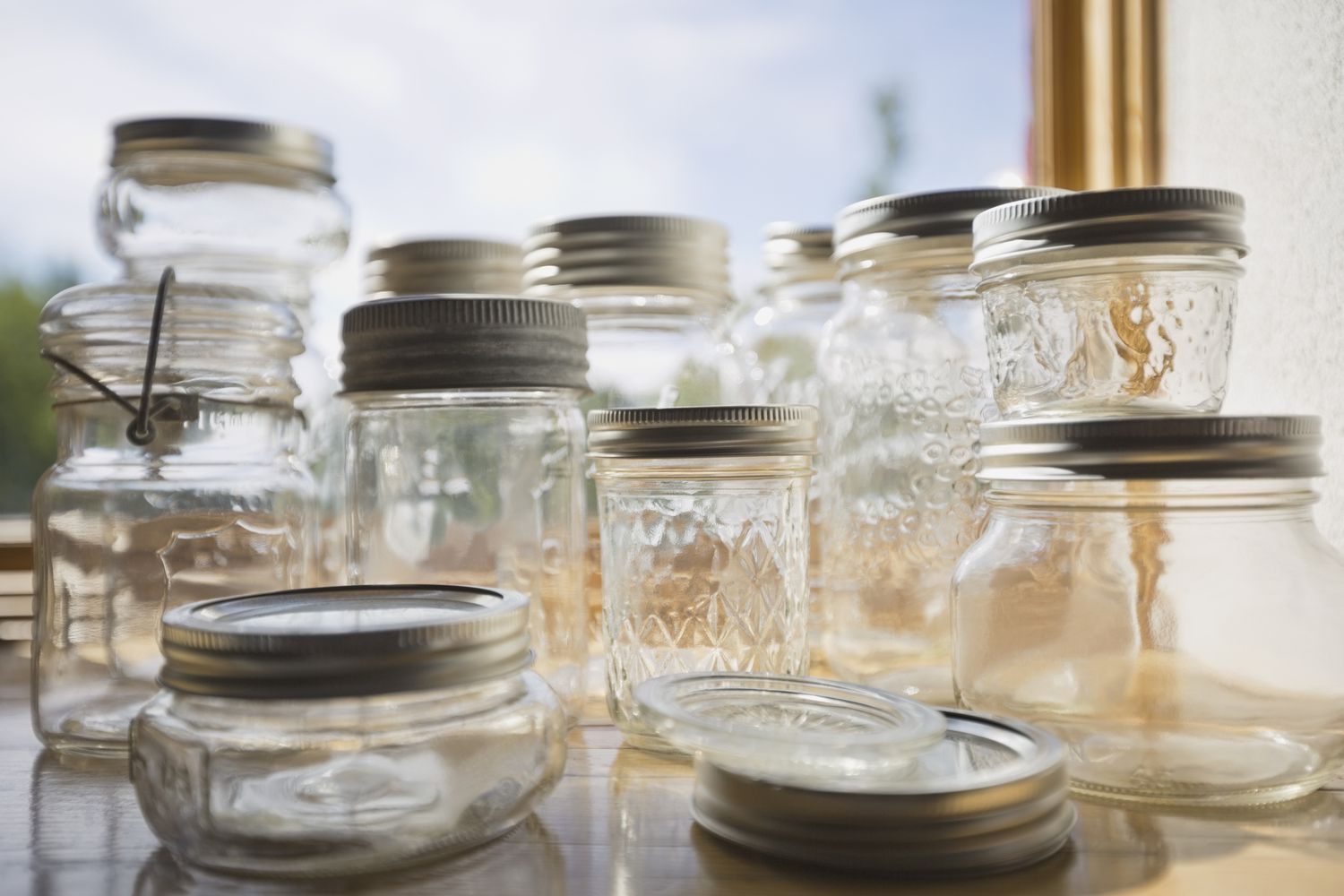
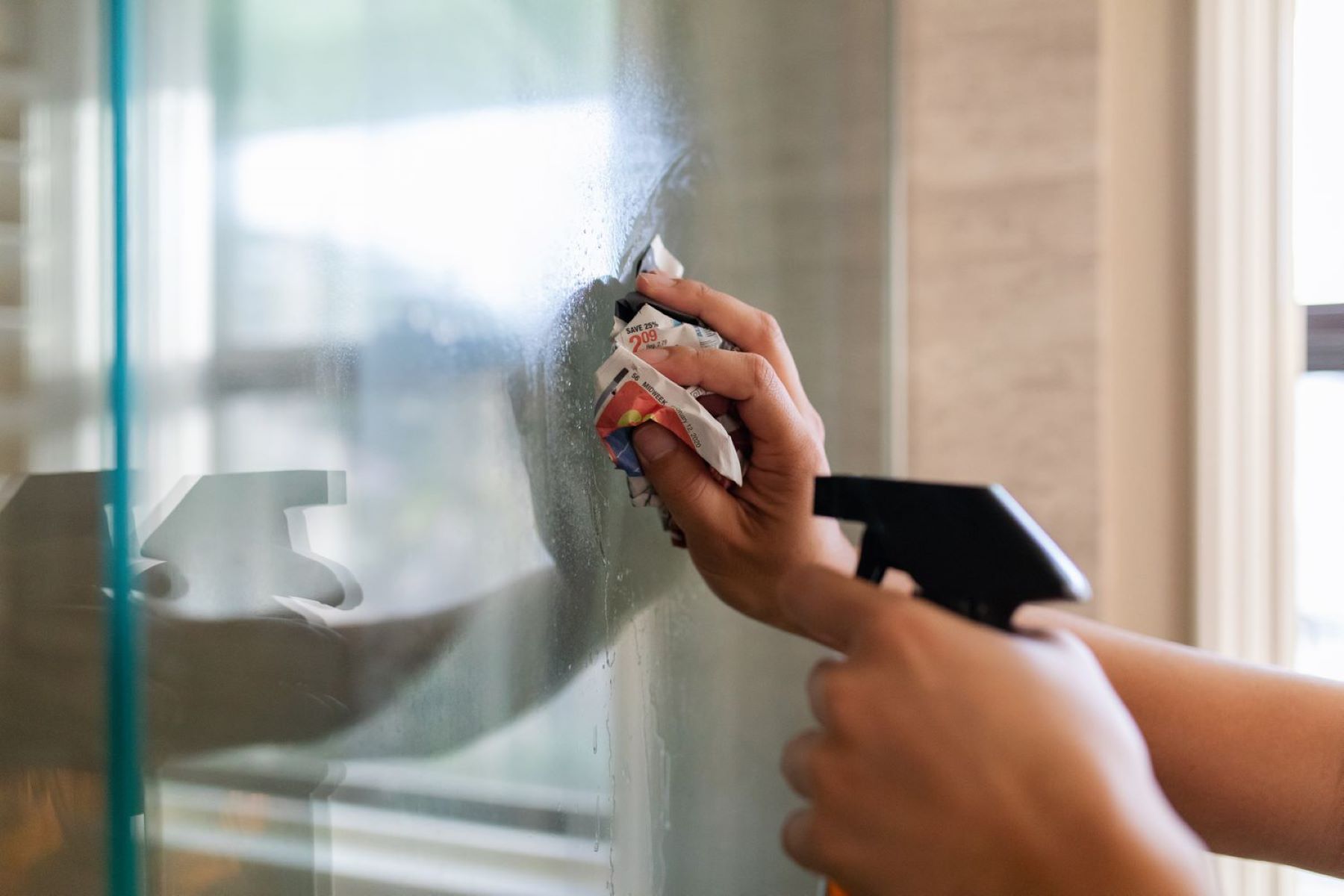
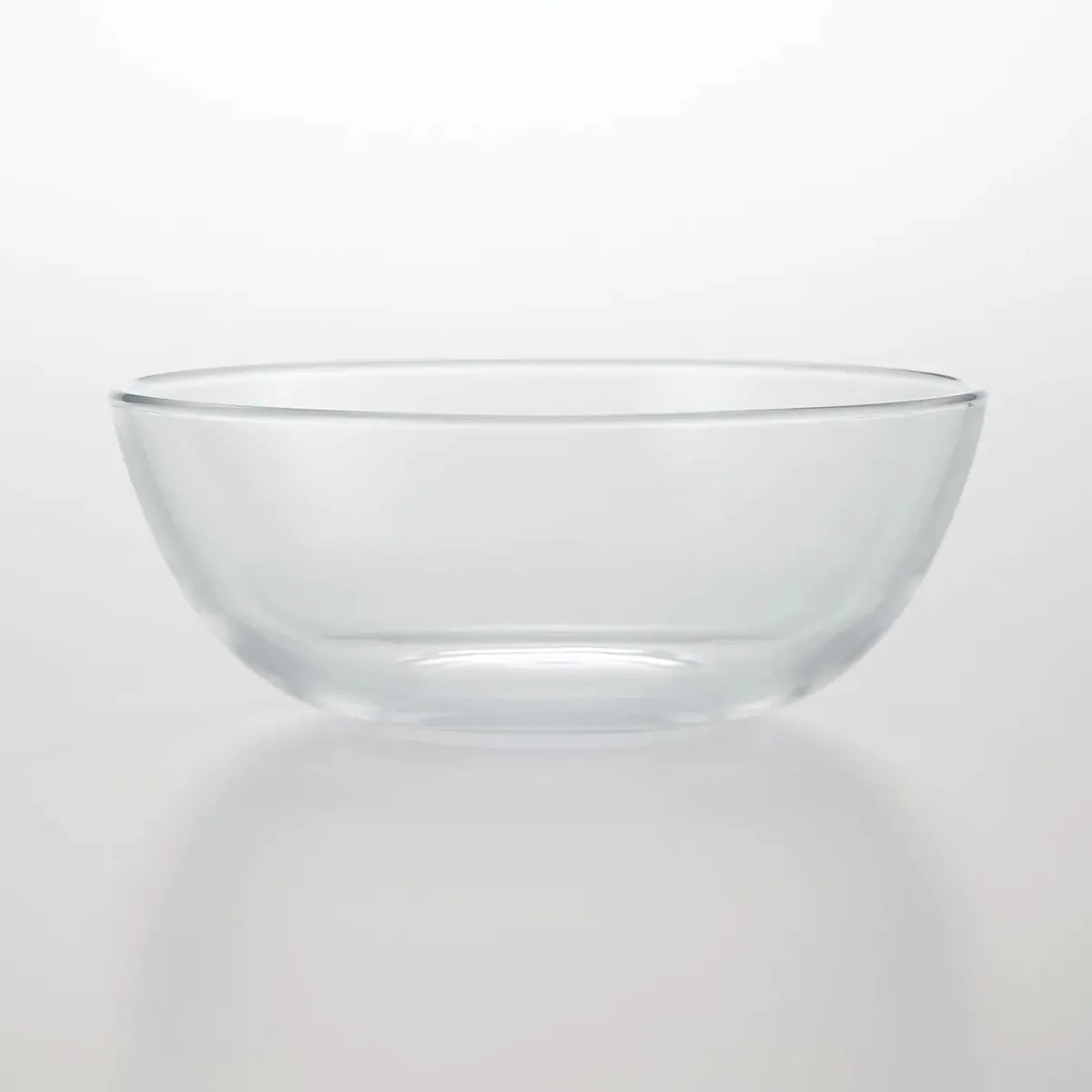

0 thoughts on “How To Clean Museum Glass”